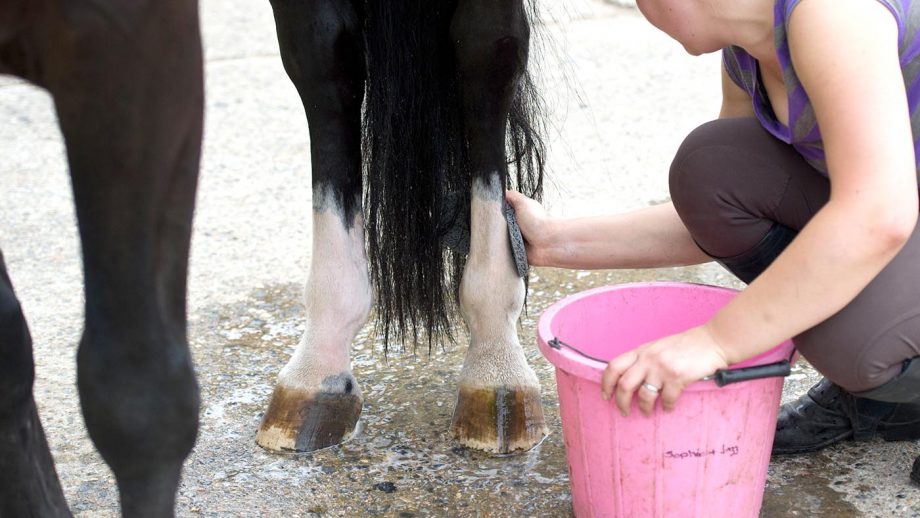Installing stirrup leathers is a crucial skill for every horse enthusiast, whether you’re a novice rider or have ample experience in the saddle. Knowing how to put stirrup leathers on a saddle swiftly and correctly can make a significant difference in your riding comfort and performance.

Why It’s Important to Properly Attach Stirrup Leathers
Correctly attaching stirrup leathers ensures safety, balance, and comfort for the rider. Poorly attached stirrup leathers can lead to discomfort, lack of control, and even accidents. It’s imperative for all riders to learn and regularly check their leathers to ensure safety.
Understanding Saddle and Stirrup Basics
What Are Stirrup Leathers?
Stirrup leathers are straps made of leather or synthetic materials, designed to adjust the length of the stirrups to fit the rider’s legs comfortably. They are essential in providing balance and support while riding.
Types of Saddles
There are various types of saddles, including English and Western, each requiring different methods to attach stirrup leathers. Understanding the type of saddle you own is vital in ensuring the correct installation of your leathers.
Step-by-Step Guide to Installing Stirrup Leathers
Step 1: Gathering Your Materials
Before you start, make sure you have all the necessary materials, including the saddle, stirrup leathers, and stirrups. Ensure the parts are in good condition and free from damage.
Step 2: Attaching the Leathers to the Saddle
To attach the stirrup leathers, first locate the stirrup bar on your saddle. Thread the stirrup leathers onto the bar, ensuring the buckle remains on the outside for easy adjustments.
Step 3: Adjusting the Length
Adjust the length of the stirrup leathers so that they fit comfortably. This can vary depending on the riding style and personal preference.
Step 4: Securing the Leathers and Stirrups
Finally, attach the stirrups to the leathers, securing them tightly to avoid slippage. Double-check to ensure everything is securely fastened.
Common Mistakes to Avoid
One common mistake riders make is not adjusting the stirrup leathers to the correct length, leading to discomfort and instability. Always ensure they are tailored to your size and securely attached to the saddle.
Maintenance Tips for Stirrup Leathers
Regular maintenance is key to prolonging the life of your stirrup leathers. It’s crucial to frequently check for wear and tear and to clean them properly after each ride.
Cleaning Tips
Use a damp cloth to wipe the leathers after riding, and apply leather conditioner monthly to keep them supple and strong.
Storage
Proper storage is also vital. Store your saddle and stirrup leathers in a dry place, away from direct sunlight. For detailed storage tips, you may find how to maintain very useful.
Investing in Quality Stirrup Leathers
When choosing stirrup leathers, quality should be your top priority. Investing in high-quality materials ensures durability and enhances your overall riding experience.
FAQ
Why do my stirrup leathers keep slipping?
Slipping can occur if the leathers are not properly fastened or if they are worn out. Check and replace if necessary.
What length should my stirrup leathers be?
Length can vary based on personal height, and riding style. It’s crucial to adjust for individual comfort.
How often should I replace my stirrup leathers?
It’s essential to replace them when they show signs of significant wear or if they start causing discomfort.
Also, for more comprehensive riding [_gear tips_](https://ofhorse.com/top-5-essential-riding-gear-items-for-every-equestrian/), you can check this valuable resource.

Conclusion
Learning how to put stirrup leathers on a saddle is fundamental for every horse rider. By following the steps and tips outlined here, you can ensure a safe riding experience. Always prioritize safety and quality, and you’ll enjoy many wonderful hours of riding. If you’re interested in further enhancing your skills, explore our [_groundwork exercises_](https://ofhorse.com/groundwork-exercises-to-strengthen-your-bond-with-your-horse/) to strengthen the bond with your horse.








